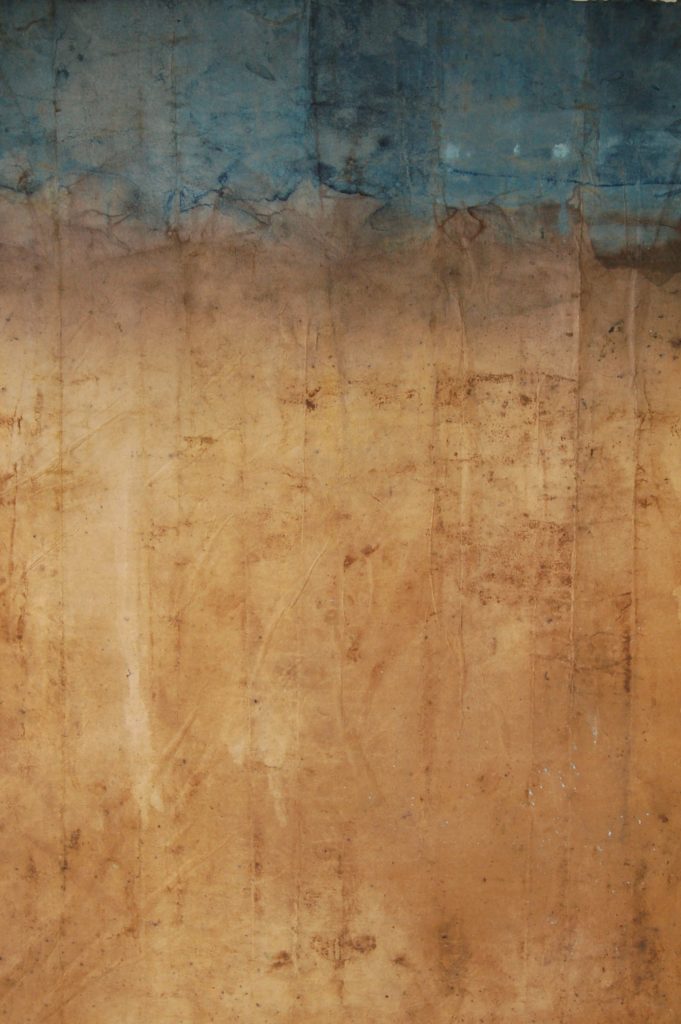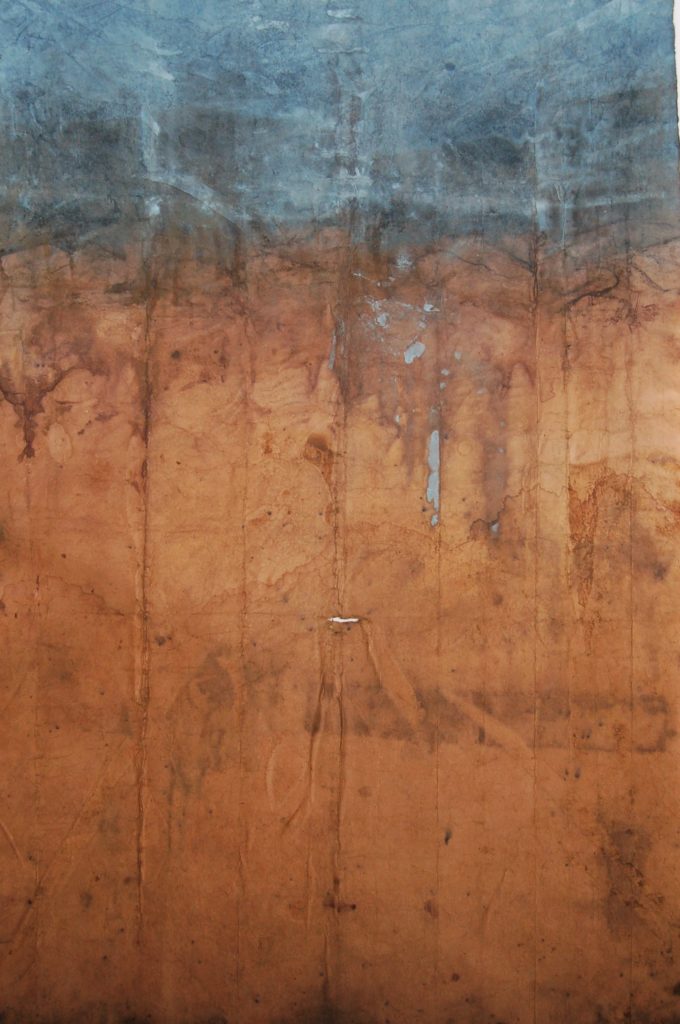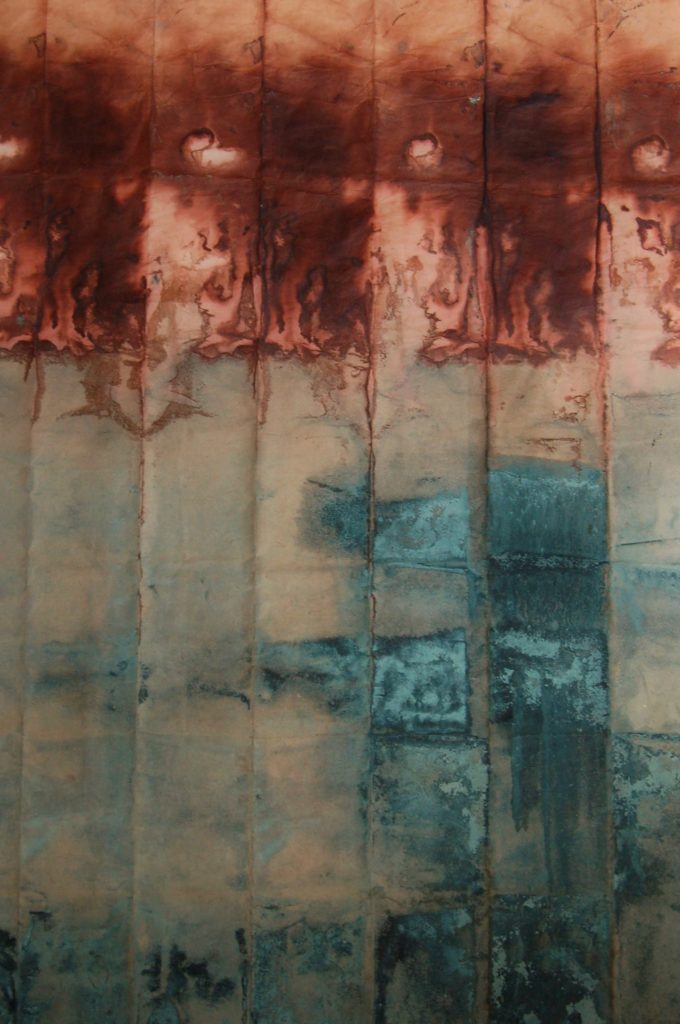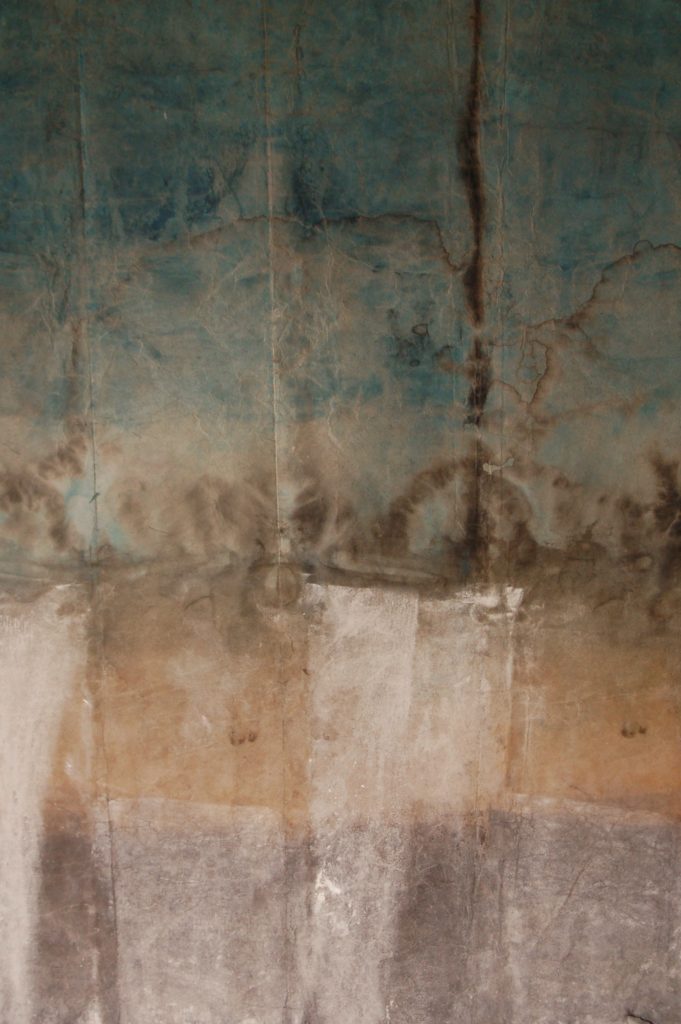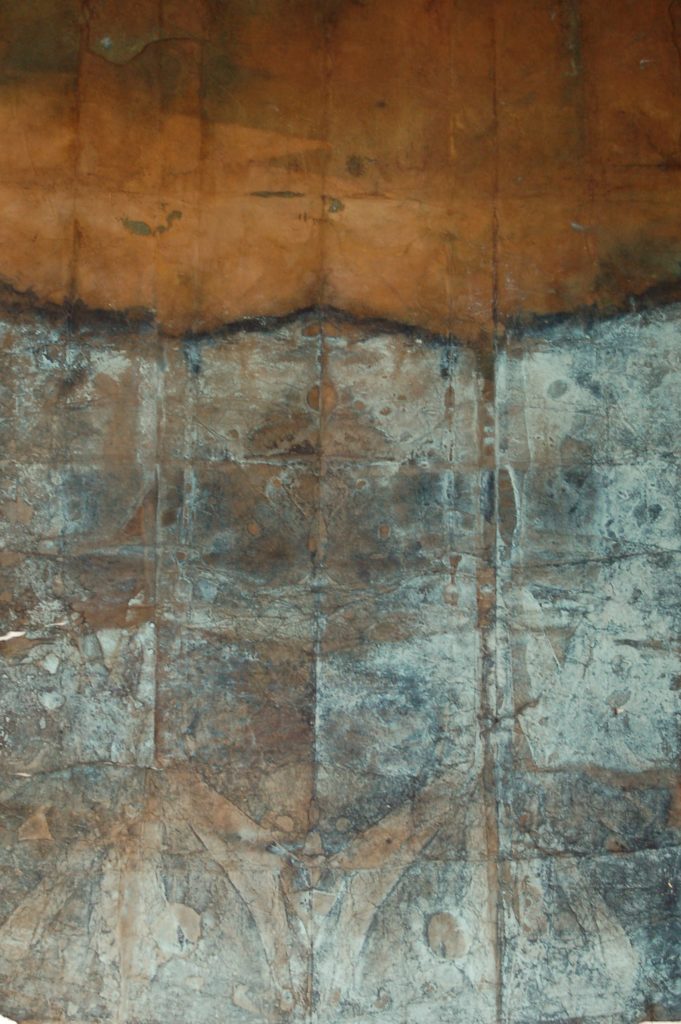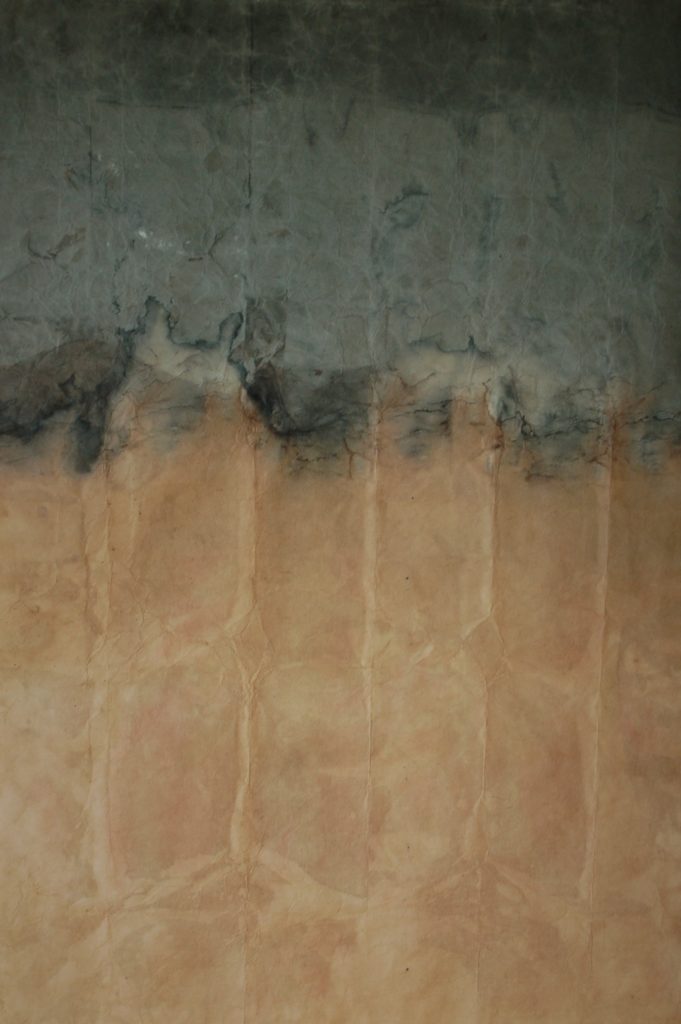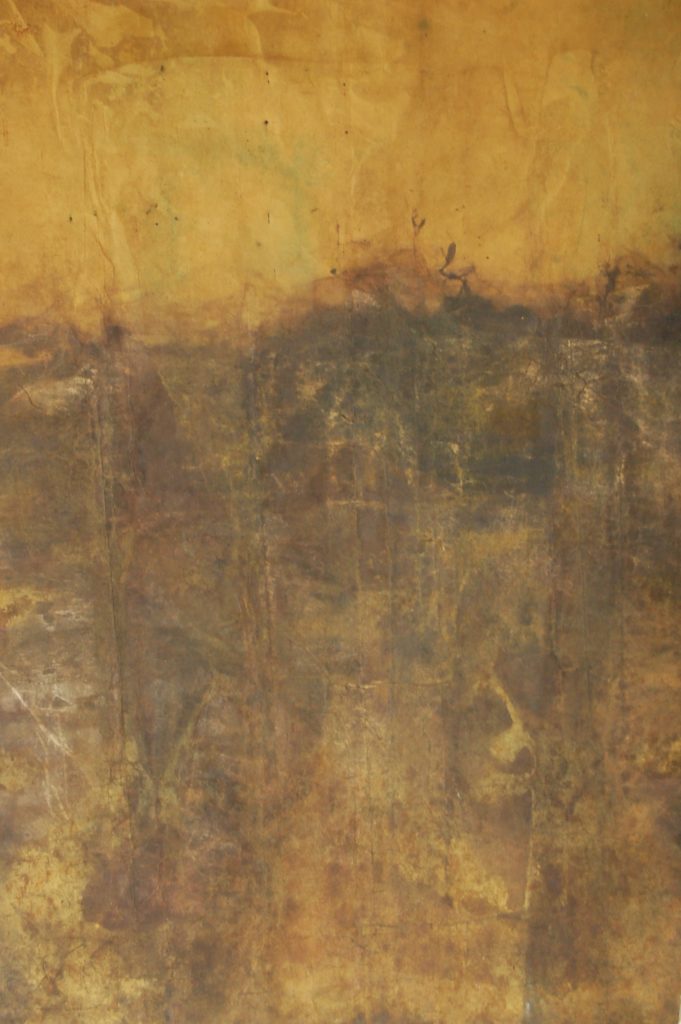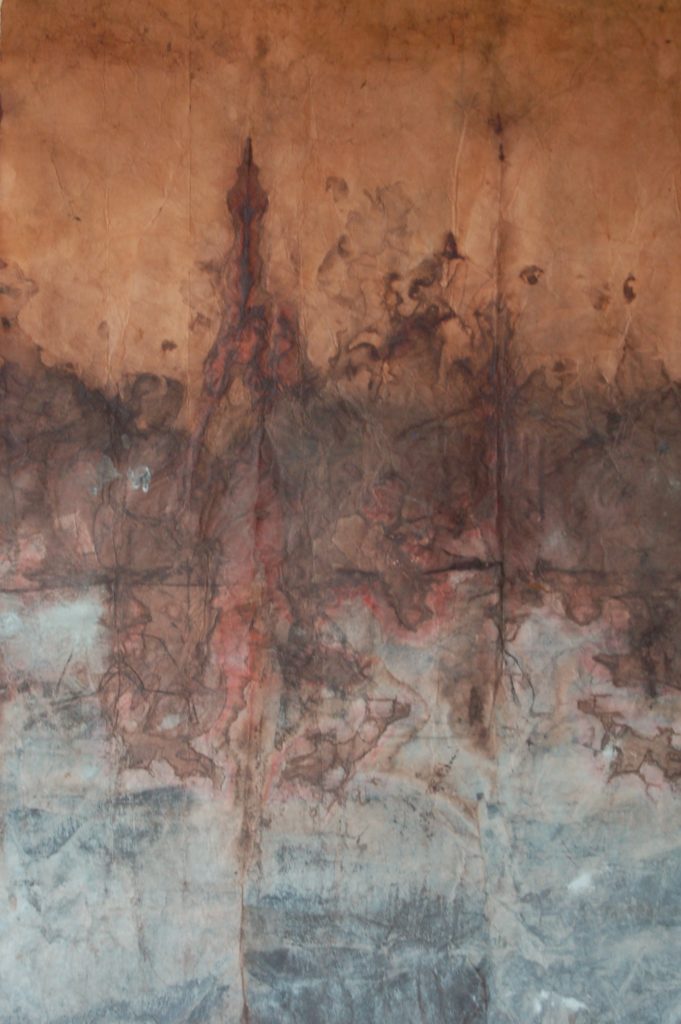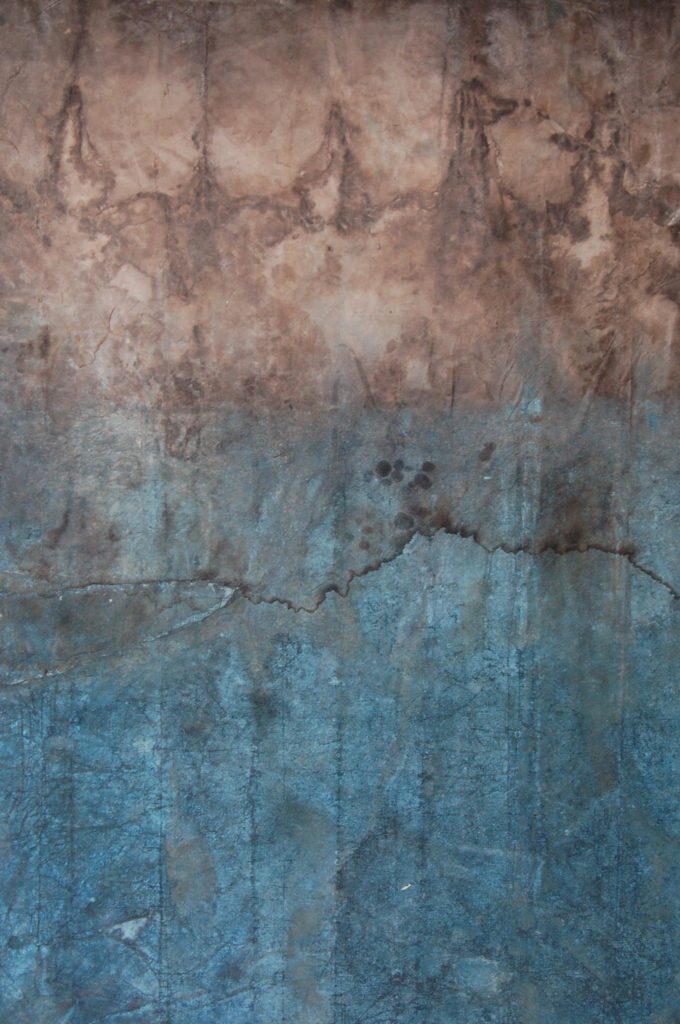Hanji-korean paper
HANJI
Carte hanji realizzate dall’artista dalla corteccia Dak con il sistema tradizionale coreano, colori naturali estratti da Sambuco, Eucalipto, Quercia, Melograno, Curcuma, Phitolacca
Focus on oriental paper making and processing of natural pigments
Following the Korean Embassy’s kind donation of Hanji paper making equipment in 2016, I have introduced a specific focus on traditional Hanji paper into the yearly academic syllabus at Accademia di Belle Arti of Rome where I teach as a full professor, while experimenting as an artist the same methodology applied to my artistic research.
The use of the equipment is enhanced by a full understating of all of its aspects, including its technological and historic importance, thereby developing a unique place in Italy for students and researchers of Hanji paper; we are developing this in relationship with the Korean Cultural Center of Rome. The Academy of Art’s Paper Making Laboratory in Rome has been operational for twenty years continually experimenting with different techniques and creating new mixtures before introducing Hanji. I brought its manufacturing methodology to the Biennale di Venezia in 2013 after being selected to lead their second Master Class; the only one about paper making in Italy. This is the first time that traditional Oriental paper making equipment will be used in the designed space in Venice to train artists interested in learning a practical methodology. In the same way in Rome at Accademia during this long time of experimentation and, combined with a specific documentation of books, videos and photography, the Paper making studio could become the first place in Italy hosting a specific and stable Hanji paper traditional mill. Opening an active dialogue with Korean institutions has started us on the path of a long term cooperation and exchange of information on historical and scientific aspects of making Hanji paper. We have had the chance to host Master of Hanji making Mr.Jang Seong Woo running our intense Diplomatic relation with Korean Embassy in Rome. He is the most generous person sharing with us in more occasions real traditional methodologies for production facing every step. Italian artist-students attending classes at Paper Making Studio have now mostly knowledge about Hanji having the chance to produce art works entirely created with Dak fiber bark and Hanji supplies. They have shown at Korean Cultural Center of Rome in many occasions art works realized after Mr.Jang workshop. My aim is to research and document this both ancient and contemporary manufacturing by organizing journeys through the Korean institutions which preserve the history of the Hanji paper. I have already visited some of the places where this type of traditional paper is still produced documenting the experience training myself into the correct practice for the production to be applied latyer in my own artistic production. I have learn the methodology and applied to my most contemporary research Land Art related which is mostly made of experiments about paper production and natural color extraction. These are some of the experiments that allows us to document and preserve the long and revered tradition of Hanji in the Paper Making Laboratory of the Academy of Art in Rome. Here there is my selection of some of the many years of practice represented by works made of natural hand made paper from barks of Mulberry tree. Works produced focuses on the deep connection of those two natural elements extracted directly from nature and processed in the studio testing durability and durability of paper. This is possible due to the combination of forming the sheet first then letting the colors wet the paper and follow fibers and drying after fixing color on the texture of paper. The direction of the fiber regulated by the gesture of the Paper Master creates the effects visible at the end of the process. Following ancient receipts of extraction of pigments each work define a specific variation of the same color deeply connected to the geographical area of the harvest, the condition of the specific season. Is almost impossible to reproduce the same colors even collecting the same element in the same place at the same time of the year. Too many possible changes in the conditions that defines the quality of the pigment.
